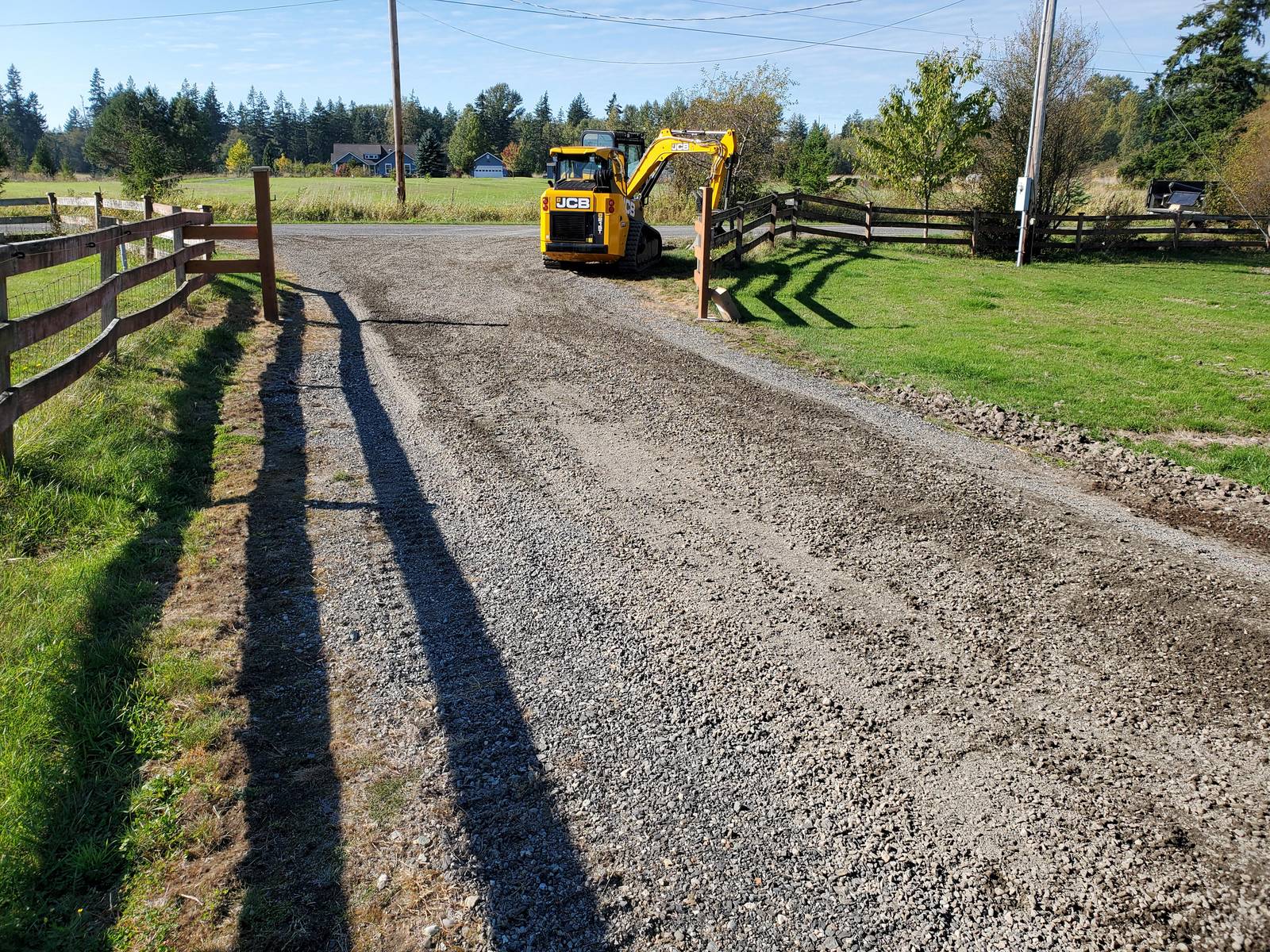Professional Road Construction Solutions for Smooth Travel
Wiki Article
Culvert Installation Made Easy: Step-by-Step Overview for Success
From picking the appropriate culvert size to incorporating correct drainage procedures, each step in the installation process plays a crucial duty in the capability and long life of the culvert system. Remain tuned to uncover the important actions and considerations that can make culvert installation a smooth and effective venture.Selecting the Right Culvert Size
Choosing the proper culvert size is critical for making sure effective water flow and architectural stability in culvert installation tasks - Pad Construction. The dimension of the culvert directly affects the flow capability of water with the framework. A culvert that is as well little can cause flooding and overflow, while one that is too big may result in lowered water velocity, possibly creating sediment accumulation and blockagesTo establish the ideal culvert dimension, factors such as the watershed location, top circulation rates, and hydraulic effectiveness demand to be thoroughly taken into consideration. Computations based upon these specifications aid in selecting a size that can properly manage the predicted water volume while minimizing the danger of clogs and structural failure.
It is necessary to get in touch with engineering guidelines and requirements to make sure that the chosen culvert size satisfies the task demands and local guidelines (Pad Construction). By picking the best culvert size, project supervisors can optimize water flow, stop possible issues, and boost the general efficiency and long life of the culvert installment
Preparing the Installation Website
Effective culvert installation demands careful preparation of the installment website to make sure optimal architectural support and functionality. Prior to beginning the installment process, it is essential to get rid of the website of any particles, plant life, or blockages that could restrain the culvert's placement.Furthermore, it is very important to consider elements such as dirt make-up, groundwater degrees, and ecological effects when preparing the installation website. Performing a thorough site analysis can aid determine any kind of possible challenges or threats that might impact the culvert's efficiency. By taking the time to prepare the setup website appropriately, you can aid guarantee a successful culvert installation that satisfies structural demands and guarantees lasting capability.
Positioning the Culvert Correctly

The quality at which the culvert is placed is essential for keeping a proper slope for water circulation. A steady incline assists avoid merging and advertises efficient drain. In addition, the culvert should be oriented appropriately to make sure that the inlet and electrical outlet are in the appropriate places. This alignment is necessary for the culvert to function properly in managing water flow.
Backfilling and Condensing the Dirt
Proper backfilling and compaction of the soil around the culvert is essential to make certain stability and protect against potential issues in more tips here the future. As soon as the culvert is appropriately put, the next critical action is to backfill the area around it with suitable product.Compaction helps in reducing the chances of settlement and makes certain consistent support around the culvert. It is essential to compact the soil uniformly on all sides of the culvert to keep its architectural integrity.
Appropriate backfilling and compaction not just supply stability to the culvert however also assist in protecting against dirt disintegration and preserving the long life of the culvert system.
Guaranteeing Correct Drain Assimilation
Integrating reliable water drainage services plays an essential duty in the overall performance and durability of culvert installations. Correct drain assimilation is important for handling water circulation, avoiding disintegration, and ensuring the structural stability of the culvert system. To attain this, it is vital to develop a detailed Read Full Report drainage plan that thinks about variables such as the quantity of water anticipated, our website the topography of the area, and the sort of soil existing.
In addition, including functions like erosion control measures, such as riprap or vegetation, can better enhance the performance of the drain system. By thoroughly planning and implementing these water drainage services, culvert installations can operate efficiently and hold up against the examination of time.
Conclusion
Finally, appropriate culvert installation is crucial for keeping effective water drainage systems. By choosing the right culvert dimension, preparing the setup website, putting the culvert appropriately, backfilling and compacting the soil, and guaranteeing proper drain integration, success can be accomplished. Following these actions will help make certain the long life and efficiency of the culvert, inevitably contributing to the total success of the drainage system.Report this wiki page